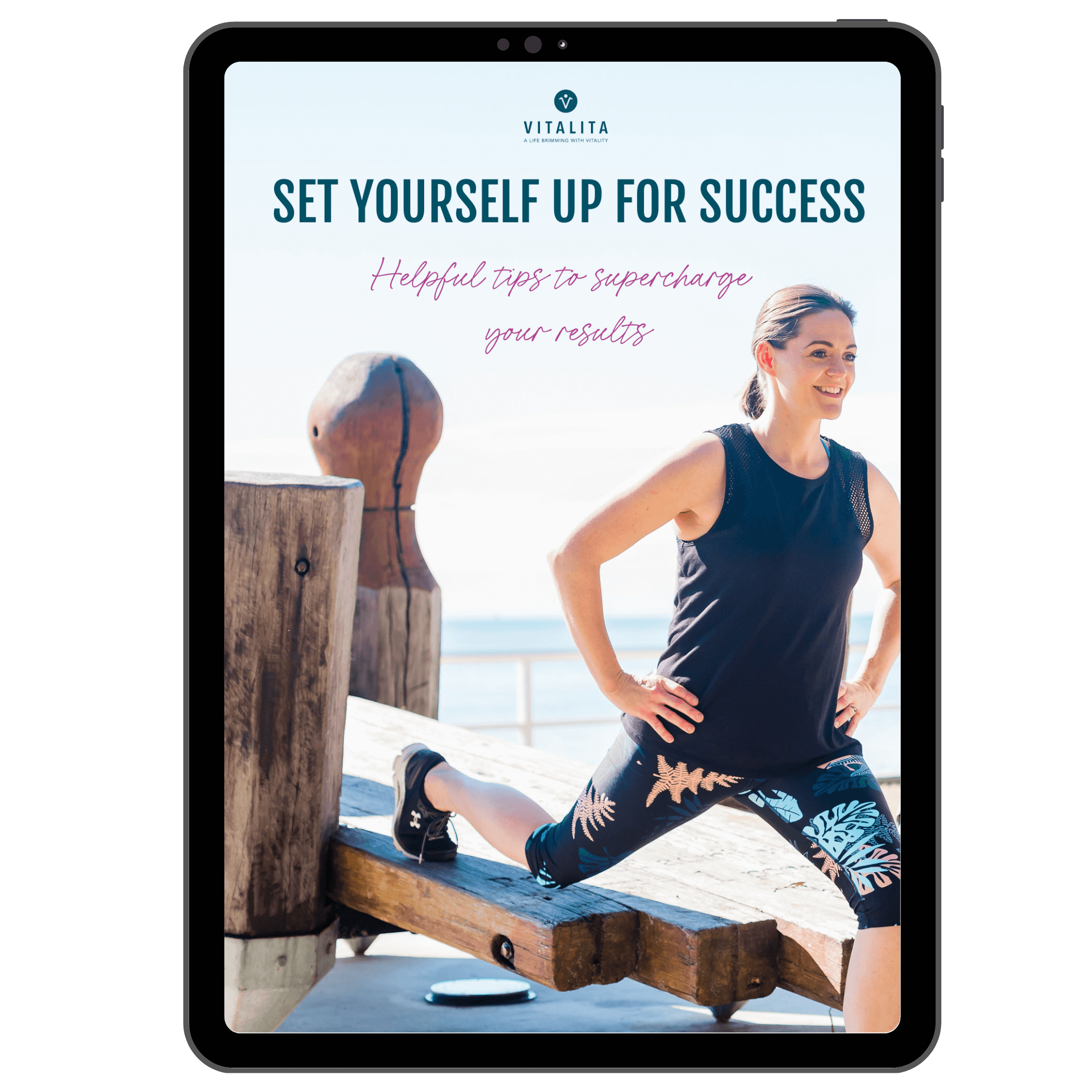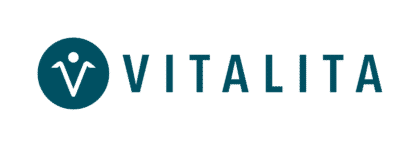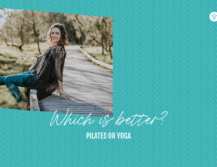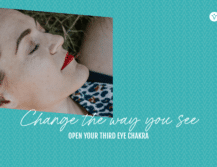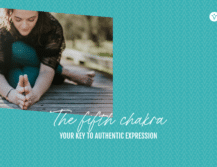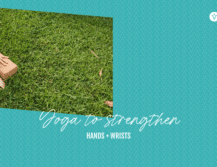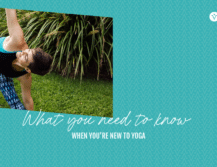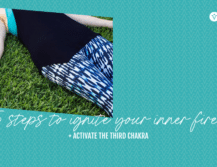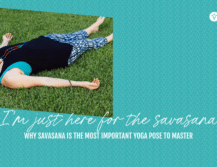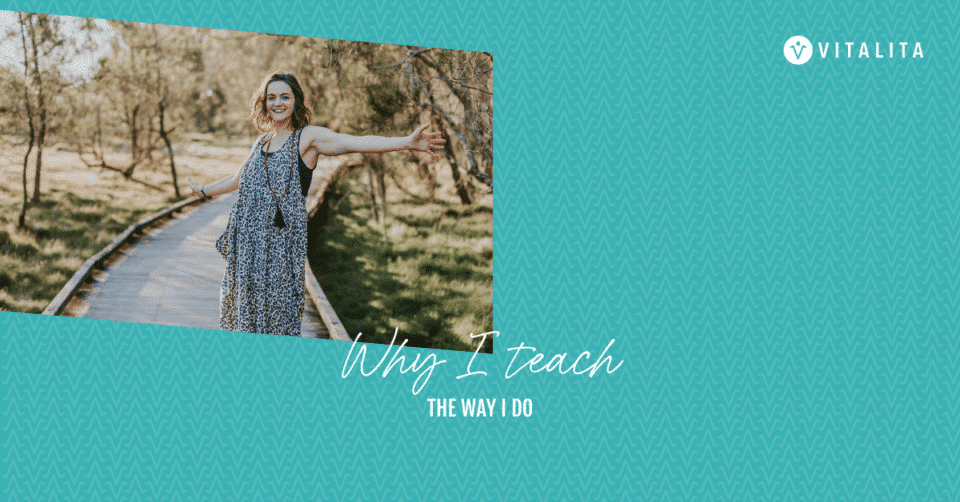
I’ve dabbled in almost every style of yoga imaginable: hatha, kundalini, vinyasa, hot, acro, blindfolded and even… nude yoga (just the once). These experiences have been interesting but my teaching style has been largely shaped by two more personal considerations: injury and anxiety
Yoga selfies and the glorification of flexibility
It started as a very intense physical practice: hot yoga and powerful vinyasa. I felt strong, I felt fit, I felt exhilarated and alive! For the first time in my life, I was GOOD at something (something physical that is).
You see, I was the pudgy kid no one wanted on their team; I was clumsy and slow, couldn’t catch a ball to save my life and had zero interest in sport.
Fast forward >>
My naturally hypermobile body meant I could contort myself into shapes which looked, more or less, picture perfect. Insta-worthy poses (#yogaeverydamnday). For the first time in my life I felt coordinated and, dare I say it, graceful.
Yoga selfies glorifying flexibility and mobility have become the definition of ‘success’ in the modern yoga world. This is the path to sponsorships, endorsements and Insta-fame.
But it turns out, there is such thing as too much flexibility.
For me, mindlessly flinging my limbs around without sufficient stability around the joints, led to injury. Three significant injuries, in fact, which fundamentally changed the way I practice and teach.
Just because you CAN bend or stretch in a particular way, doesn’t mean you SHOULD.
Hypermobility
First things first, let’s call it what it really is: hyperlaxity of the ligaments. Hyperlaxity is a condition where the connective tissues contain more collagen and are significantly more pliable than they should be.
People with hyperlaxity lack proprioceptive ability in the joints, which means feedback in the form of physical sensation may be:
-
- absent
- received too late
- felt in very isolated areas such as the back of the knee or near the sit-bones.
Sensation tells us to stop and when that feedback isn’t present, there can be a tendency to Just. Keep. Going. No pain, no gain right?
The Beighton Test is a tool used to assess joint hypermobility which exists on a spectrum.
Being hypermobile isn’t all it’s cracked up to be. Sure, I’m bendy but I’m also prone to injury and my body has paid the price.
One day I (thought) I was fine, the next, I had searing pain around my right sacro iliac joint (lower back/back of the pelvis). The pain was a wiley shapeshifter. Just when I thought I’d nailed its pattern and its triggers, it would morph. Sometimes it was on the right side, sometimes on the left. Sometimes it travelled down to the hamstring and knee. Other times it was a more localised sensation. But I managed it.
Sadly, injuries of this nature are common among long term students and teachers of yoga.
Although the fancy poses and the pictures probably won’t go away, I can change my attitudes, behaviours and teaching style to make yoga more sustainable. What has changed as a result:
1. I am committed to learning more about anatomy and physiology
Yoga is promoted as the ultimate healing tool but it’s not a substitute for medical attention, examination, diagnosis or treatment. And, although there are some yoga teachers who are qualified body workers or allied health professionals, I am not one of them.
The anatomy and physiology component of my yoga teacher training barely scratched the surface and I am committed to learning more about human body and biomechanics.
2. I no longer teach certain poses
Asana (the physical postures) appear benign yet many poses demand a range of motion that is beyond functional range. Have you ever been in a class where the teacher asked you to do something, only to discover your body simply doesn’t move in that way. That’s what I’m talking about!
These days, my teaching ain’t fancy.
I don’t offer deep backbends or challenging inversions. Crow pose (bakasana) is about as adventurous as it gets and, even then, I break it down so every student can experience some aspect of the pose. You won’t find chaturanga or upward facing dog in my class sequences and I rarely offer warrior I. I’ve got better things to do.
3. I focus on cultivating curiosity and awareness
At its core, yoga is a tool for cultivating awareness, autonomy and the ability to make skilful choices. I have made a lot of unskilful choices and I want to help my students do better.
To every new student I say: “If it doesn’t feel right, please don’t do it. Back off or come out of the pose completely.”
We spend time getting to know the body, recognising the way it changes from day to day, observing the nuances of sensation and the warning signs the body gives when something isn’t quite right. We learn to listen to the body and respect its limitations. And we sit with the emotional discomfort that can arise when we’re unable or choose not to do a particular pose.
At the end of the day, I don’t know your body as well as you do and I want to help you make choices that are right for you.
One of the ways I do this is through the use of permissive language. Inspired by the principles of trauma sensitive or trauma informed yoga, I use words and phrases such as: maybe, might, could, if you wish, in your own time, if it feels safe, I invite you to, see what if feels like to…
Everything I suggest is merely that… a suggestion. It is your body, your experience and you are welcome to do as much or as little as you like.
4. I encourage ALL students to use props
I love yoga props. I believe they are part of an intelligent practice and encourage all students to use them. Read about the benefits of props over here.
5. I prioritise strength, stability and mobility over flexibility
Flexibility is overrated and sometimes detrimental. Aim for optimum mobility instead. – Dr Stacy Sims
I, like Dr Stacy Sims, think passive stretching is overrated and over done, which is why I no longer teach yin yoga.
Drawing inspiration from a range of movement modalities and philosphies – Pilates, The Roll Model® Method, The Nutritious Movement® Approach, Yoga Physics Methodology – I help my (mostly female) students build strength, stability and mobility so they can do all of the things they want and need to do without restriction or injury.
BreakDOWN to a breakTHROUGH
A born and bred overachiever, I doggedly pursued academic success at the expense of everything else in my life. When I arrived in London, I applied the principles that had worked so well for me in high school and university, to my career. I didn’t know any other way. I quickly grew bored in entry-level roles, seeking more responsibility, more money and more opportunity for development.
You can probably guess how it ended: Stress. Anxiety. Burnout. Read about my journey back to wellness here.
They say we teach what we need to learn. As a Type A in recovery, my lesson is to slow down and I want to help my students do the same.
“Wait!” I hear you cry. “I’ve got dreams and plans, and so many things to tick off my to-do list. Slowing down is NOT an option.”
What if I told you that even a short period of rest has massive benefits? That regular time out could actually help you achieve all of those things (and more)? Seriously.
DO LESS. ACHIEVE MORE.
It was hard for me to wrap my head around this too. But it works! Modern life is hectic enough, which is why I teach slow, breath-focussed movement to help you:
- release physical tension
- get out of your head
- feel grounded and centred
- sleep better
- be more focused, deliberate and productive.
The tools and techniques I share will boost your physical and mental strength and flexibility so you can navigate life’s twists and turns with greater ease.
My teaching style won’t appeal to all students and I have made my peace with that. I teach with integrity and trust that those who need what I have to offer will find me when the time is right.
– Georgina –
